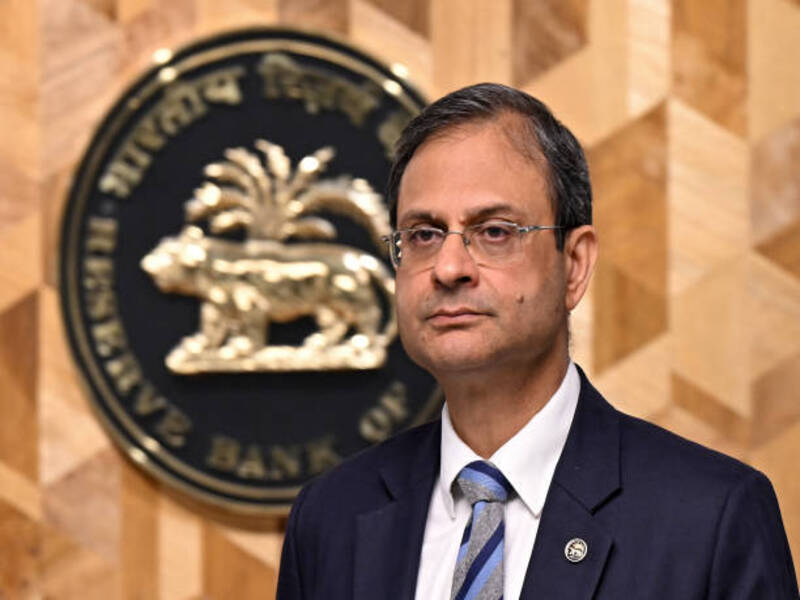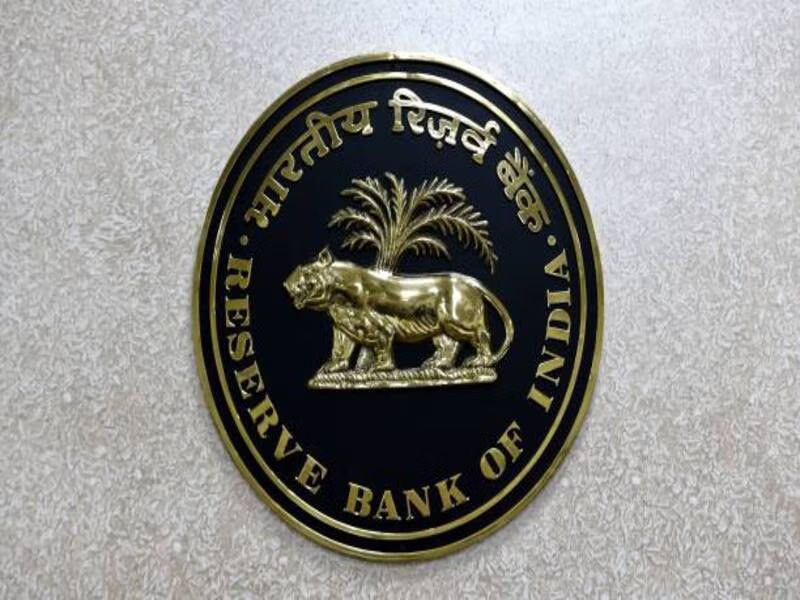The central bank of India maintained its policy level at 5.5 percent on Wednesday, as expected by the economists who were polled by Reuters, as it evaluated the effect that the previous cuts had.
Governor of the Reserve Bank of India, Sanjay Malhotra, said the first quarter saw a lot of moderation of inflation, but the growth might slow down during the second half of the financial year because of the uncertainties related to world trade.
The impacts of the outsized 50 baselines cut in June by the RBI have not percolated into the economy, as Malhotra explained, and the move to keep the rates stable was unanimous.
Head of India Economics Research at Standard Chartered Bank, Anubhuti Sahay adds, “The acknowledgement that space has emerged for rate cuts without an outright commitment on the timeline for the next action is likely to work best for [earlier cuts to take effect] in our view.”
With the unpredictability of the external environment and the narrow space of 25-50 basis points to make future rate reductions, the RBI will most “likely to be patient in delivering the last cut(s),” she further states.
The Monetary Policy Committee, the most important decision-making committee of the RBI, also added that it was wise not to act on any policy matter right after a recent cut in the goods and services tax; meanwhile, “trade-related uncertainties are also unfolding”.
RBI projected the economy to expand by 6.8 percent during fiscal year 2026, but the second quarter is projected to rise by 7 percent, after which it would decrease by 6.4 percent and 6.2 percent within the two quarters.
Malhotra stated that these third-quarter and further estimations are set to be “expected to be slightly lower than projected earlier,” mostly due “to trade-related headwinds, despite being partially offset by the impetus provided by the rationalization of GST rates.”
The average rate of headline inflation is also changed and is set at 2.6 percent in fiscal year 2026.

After the announcement, the Indian benchmark indices, Nifty 50 and Sensex, increased marginally by 0.7 percent; therefore, the rupee was selling at 88.67 against the dollar.
Chief economist at Nomura Research, Sonal Varma, reported to CNBC on Monday that an October rate reduction would have come at an opportune time since it is the peak period in terms of businesses and households borrowing loans in the run-up to the festive season.
The U.S. added another 25 percent tariff on Indian imports in August, responding to New Delhi buying Russian oil, bringing total tariffs up to 50 percent, one of the highest rates on any of the trading partners of Washington.
Indian textiles, gems and jewelry, as well as marine goods, are among the sectors that are affected the worst by U.S. tariffs.
Although exports to the U.S. are approximately 2 per cent of the GDP in India, these industries are labor-intensive, and a decline in business may result in the loss of jobs.
To alleviate the effects of the tariffs, the Indian government cut the goods and services tax on many products on September 22, to stimulate local demand before a month-long festive season, beginning with the nine-day Hindu festival of Navratri and Diwali.
Fast-moving consumer goods, automobiles, and farm products are likely to be cheaper with the GST tax cut.
Nomura’s Varma added that, nevertheless, the Indian economy would get a short-term lift through the tax cuts, and the creation of jobs must be enhanced to achieve a lasting consumption recovery.
India is not much reliant on exports since its domestic consumption comprises more than 60 percent of the GDP, similar to other developed economies, such as the U.S. and the U.K.; thus, these GST reductions will soften the U.S. tariffs.
Goldman Sachs increased its real GDP growth projection for the country by 60 basis points to 7.1 percent in calendar year 2025 and 6.7 percent in fiscal year 2026.
The upgraded forecast was in the wake of the report by India of improved GDP growth of 7.8 percent in the June quarter.






